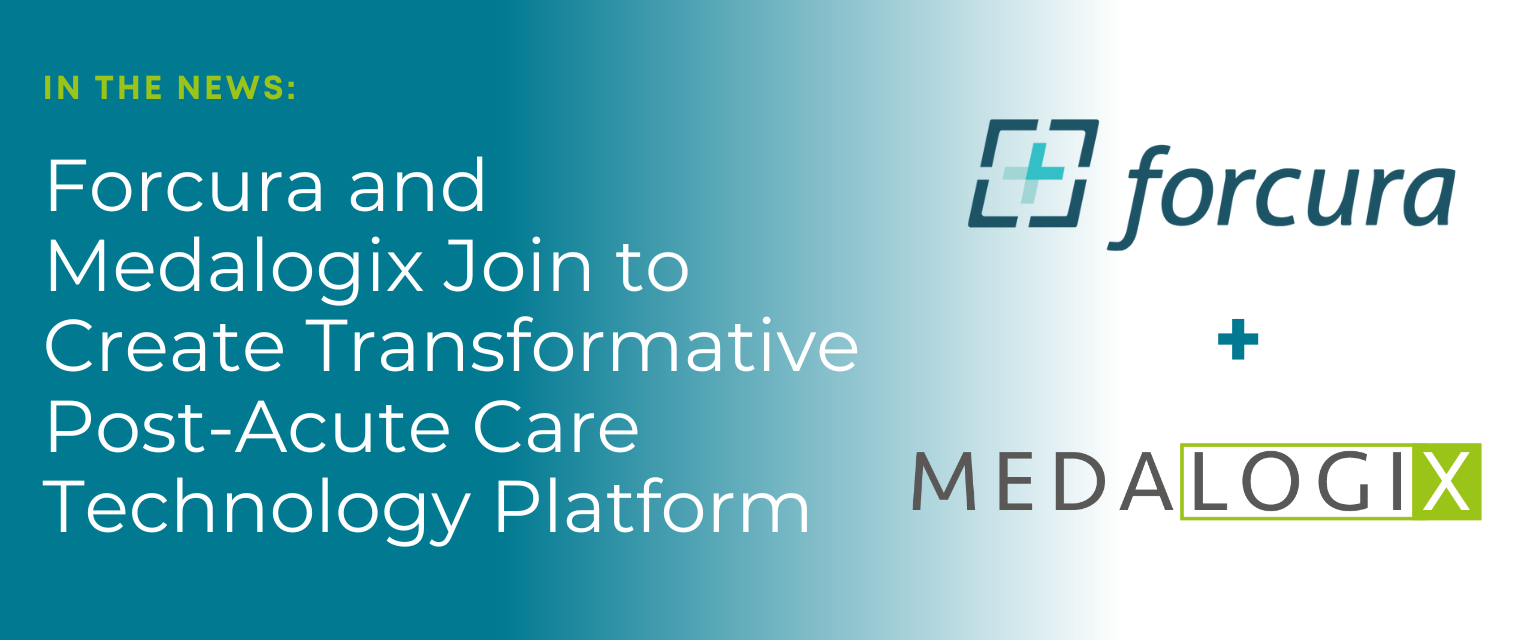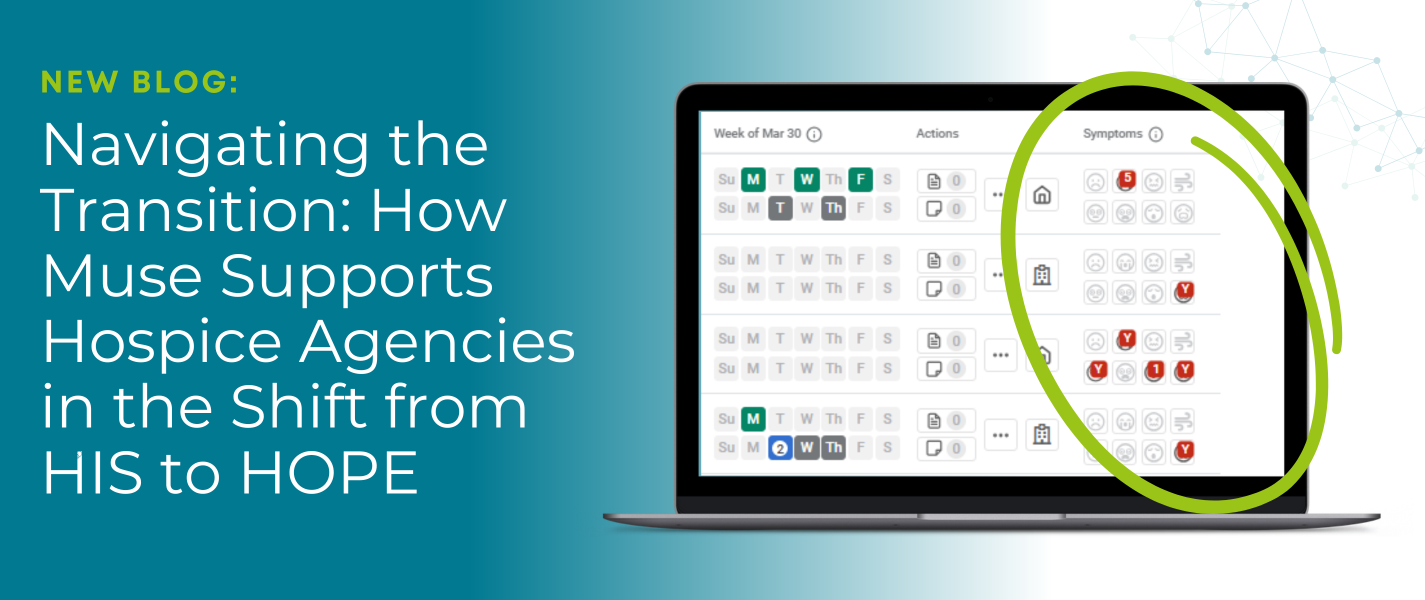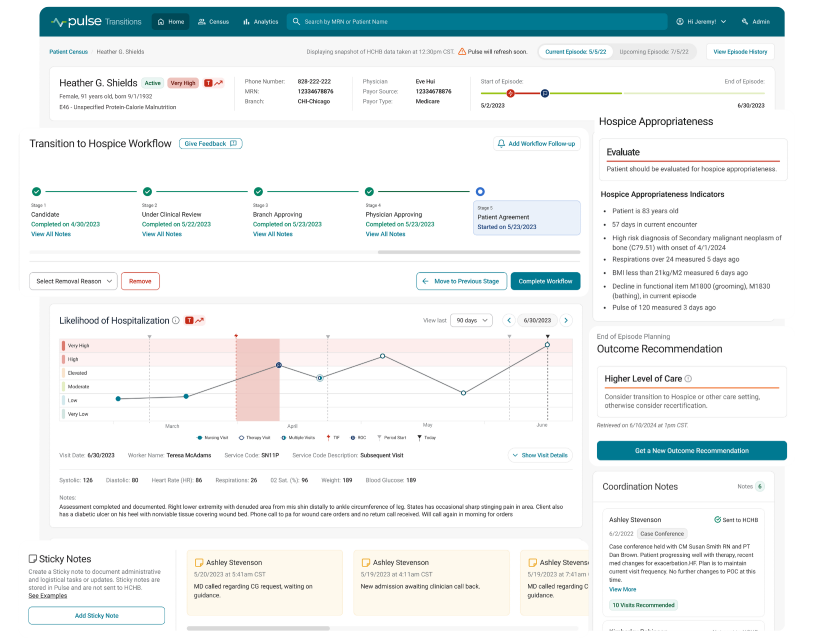Each piece of the Pulse platform drives valuable improvements to planning, patient care, and documentation throughout the patient journey:
Help patients spend more time in the right care setting
Pulse Transitions analyzes visit-by-visit patient data to provide home health teams with all the information they need to identify and provide better care to patients most likely to benefit from end-of-life care.
Built to focus your team on risk-based intervention and improved patient care
Improved patient care, with real operational benefits
Patient risk ranking based on unmatched industry-wide data drives action on every patient who needs it, not just a fixed cross section.
More appropriate patient settings: Decreased deaths on the home health census and increased patient days in hospice.
Visit-by-visit predictive updates and intelligent insights for focused, high-impact care decisions.
Workflow improvements and branch collaboration tools for simplified, efficient care provision.
Right-sized utilization and reduced rehospitalizations, improving both care quality and resource allocation.
Improved care quality and patient satisfaction for a better, more compassionate family experience.
Pulse Transitions
Identify potential hospice patients and coordinate your team
A 2021 study from the Stanford School of Medicine found that although 80% of Americans say they would prefer to die at home, only 20% do. Pulse Transitions supports patients’ wishes, using machine learning to identify patients earlier who are most likely to benefit from hospice. This leads to dramatic improvements in care quality and efficiency.
The Medalogix Difference
Increase appropriate billable
hospice days by up to 180%
Our predictive models activate patient data to generate an ordered list of patients to be clinically evaluated for whether hospice is more appropriate for them.
Specifically identifies patients on the home health census who are likely to pass away in the next 90 days.
Provides transparent workflow to move patients through a customized virtual care path toward hospice or further home health care.
Dashboards and reports that monitor utilization and patient outcomes.
Our Expertise

Forcura and Medalogix Join to Create Transformative Post-Acute Care Technology Platform
Berkshire Partners Will Serve as Lead Investor in the New Platform, with…

Navigating the Transition: How Medalogix Muse Supports Hospice Agencies in the Shift from HIS to HOPE
Authored by: Steven Shelton, MBA, MSN, RN, CHPN; Senior Director, Clinic…

HHVBP: A Winning Strategy for Home Health Providers
The start of 2025 has ushered in a wave of new realities for Home Health…
Schedule a Demo
"*" indicates required fields

